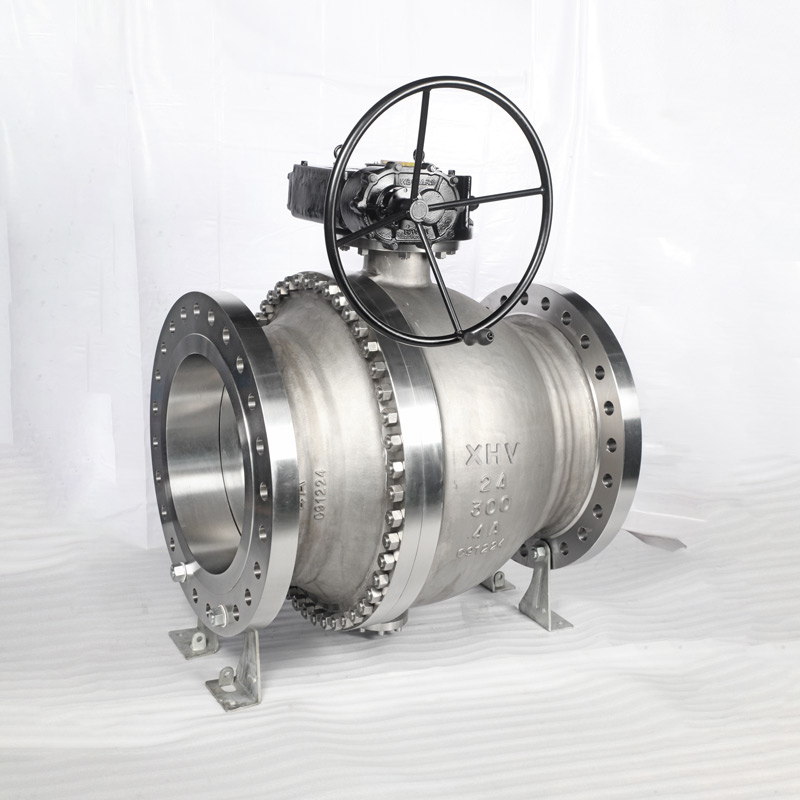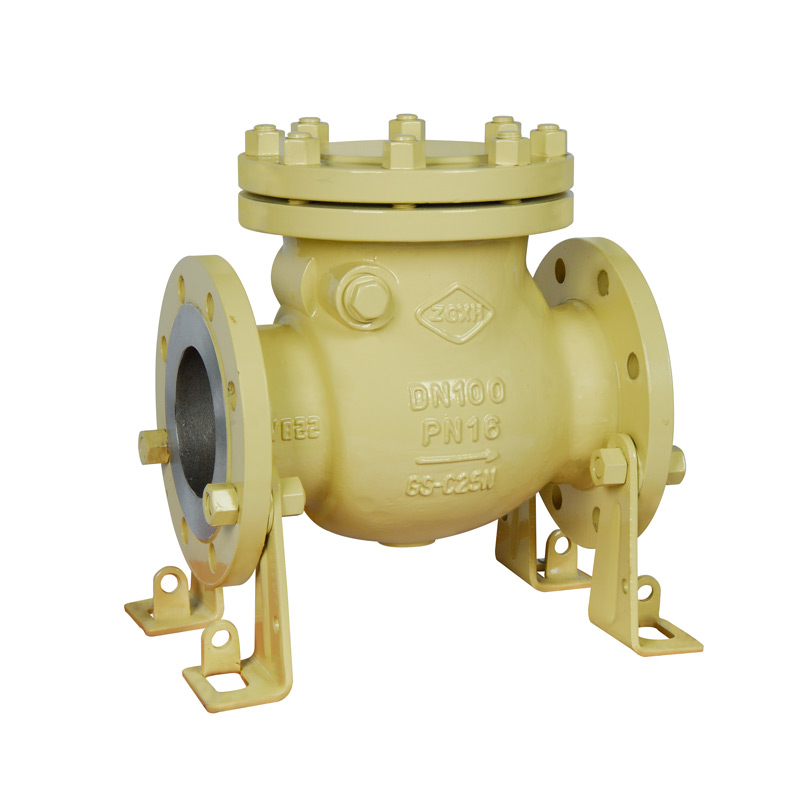It's that time of year! Winterisation is now in full swing and around the yard essential maintenance work is being undertaken.
Don't ignore your seacocks and inline valves, they commonly receive very little attention, being in hard-to-reach places not visible without inspection, it's often their failure that highlights the need for maintenance. Seacocks should be exercised regularly; ideally once a month, checked annually, and replaced as required. Seacocks can seize with a risk of being locked open, which is not ideal in an emergency. Bronze Globe Valves

Here are some tips from Marine Products Direct on servicing your seacocks, thru-hull fittings this winter and what to look for if replacing them.
Thru-hull fittings below the waterline will be equipped with a seacock and a valve that controls water entry or exit through the boats hull. Choosing the right design is key, combined with regular checks on such fittings as is preventative maintenance.
For longevity Marine Products Direct recommend solid bronze fittings as they deliver exceptional value for money over their lifetime and offer the greatest longevity. Groco valves are constructed from solid bronze (not DZR), this results in a far superior fitting that will be extremely resistant to chemical erosion, with only a trace amount of zinc it will not suffer from corrosion in saltwater like a DZR valve that can contain 35-37% zinc.
Groco inline valve showing square handle hole for ratchet and patented selectable hand rotation - photo © MCI There are two main types of seacocks, flanged seacock valves and in-line ball valves. Flanged seacock valves have an integral flange used to support and mount it directly to the hull, whilst in-line ball valves are designed to be supported entirely by a thru-hull fitting, but can be modified into a flanged seacock by adding a flange adaptor and backing block
First inspect your seacock visually for the following: Inspect the thru hull fitting for leaks, signs of cracks, worn bedding seams etc. If the thru hull fitting is bright and shiny or has a pink tinge, inspect it further as it may be suffering from corrosion issues. Next look at the seacock: Check for leaks, damaged or missing components (commonly handles) and corrosion. Inspect the seacock backing block ensuring the block is tight and there are no leaks. Operate the seacock ensuring it opens and closes smoothly, is easily accessible and the handle can operate through the entirety of its range. Groco bronze seacocks have a patented selectable handle rotation, that enables them to be operated either clockwise or anti-clockwise, making it easier to exercise and maintain your seacock or inline valves. The valve handle also incorporates a square handle hole to attach a ratchet in case the valve has stiffened over time.
Don't forget to check the following around the valve locations: Perished hoses and corroded hose clamps, hoses should be supple with no signs of cracking or splitting. Also recommended is to install double hose clamps when possible. Once fitted don't forget to regularly maintain your seacock, exercise (open/close) the valve monthly, Groco valves all come with a drain plug and grease zerk nipple so you can easily regrease the valve when in situ.

Sea Water Check Valves Key Facts Solid C83600 bronze construction Drain plug and grease zerk point as standard Stainless steel handle and hardware with patented selectable handle rotation Square handle hole to accept ratchet Full flow Chrome plated solid brass ball (not a hollow ball) PTFE seats and seals Bonding attachment to minimise electrolysis To find out more, watch our video above or contact us for technical support, call +44 01202 600011 or email Find your local stockist at marinecomponents.co.uk or order now from marine-products-direct.com